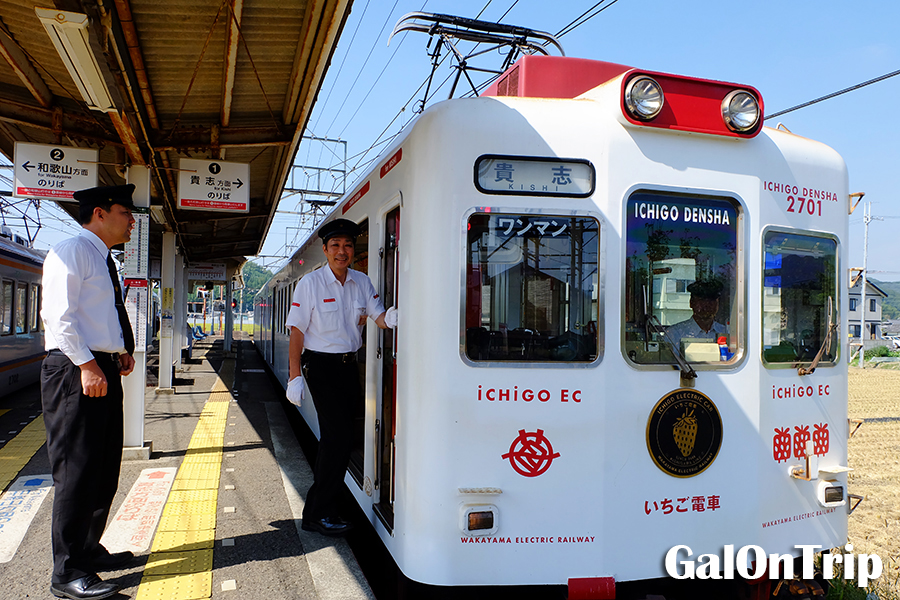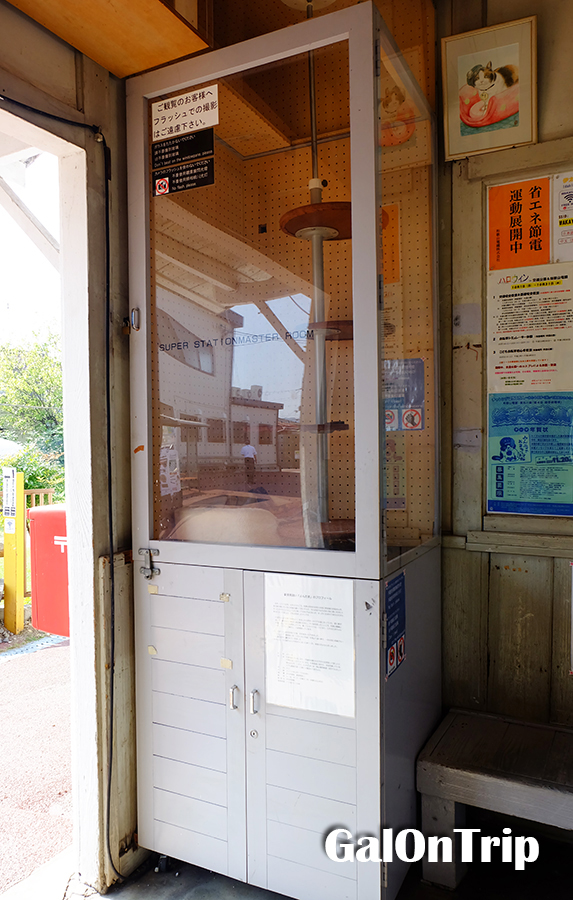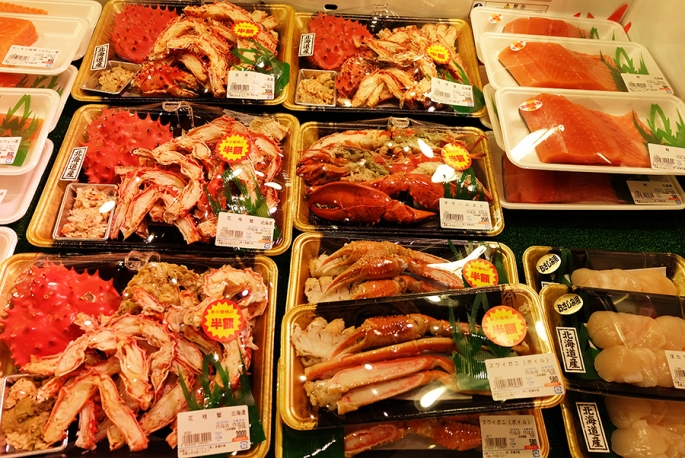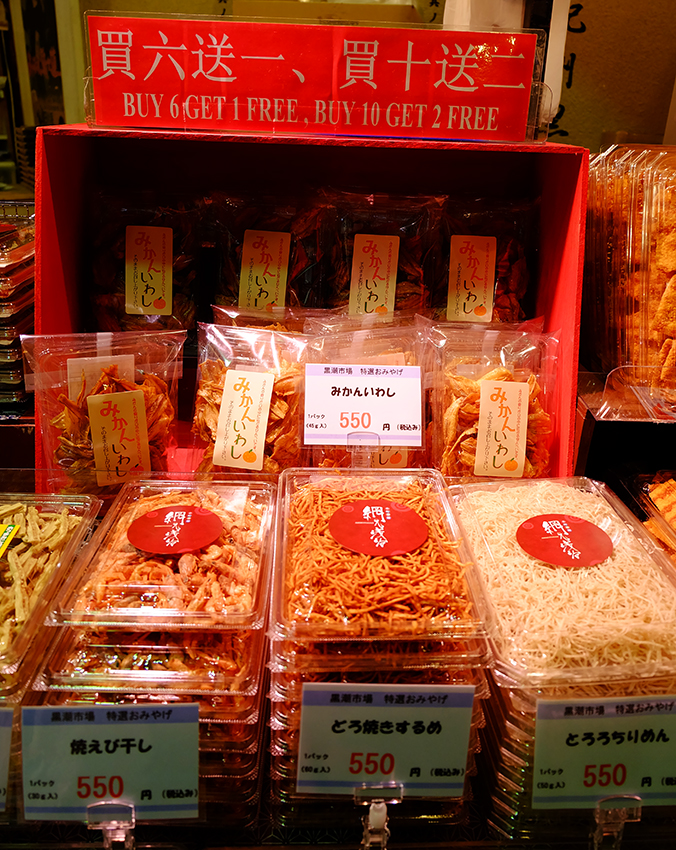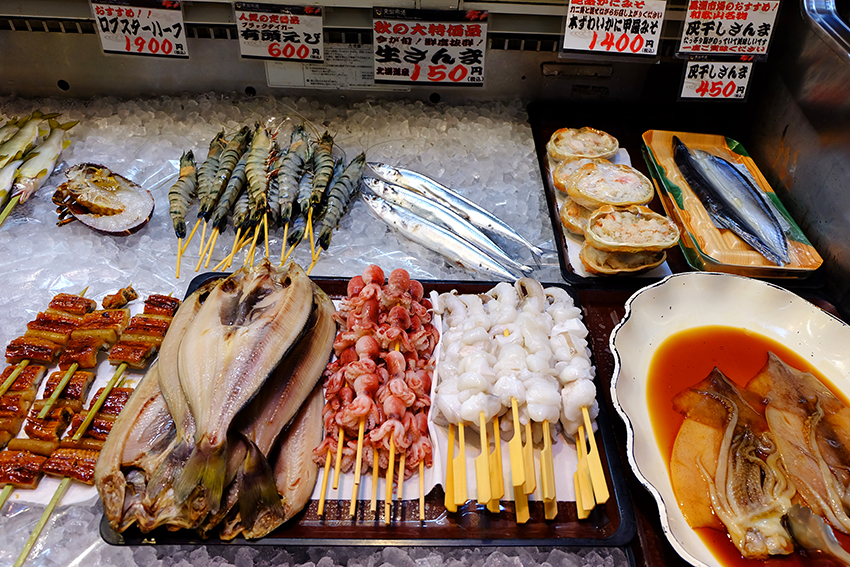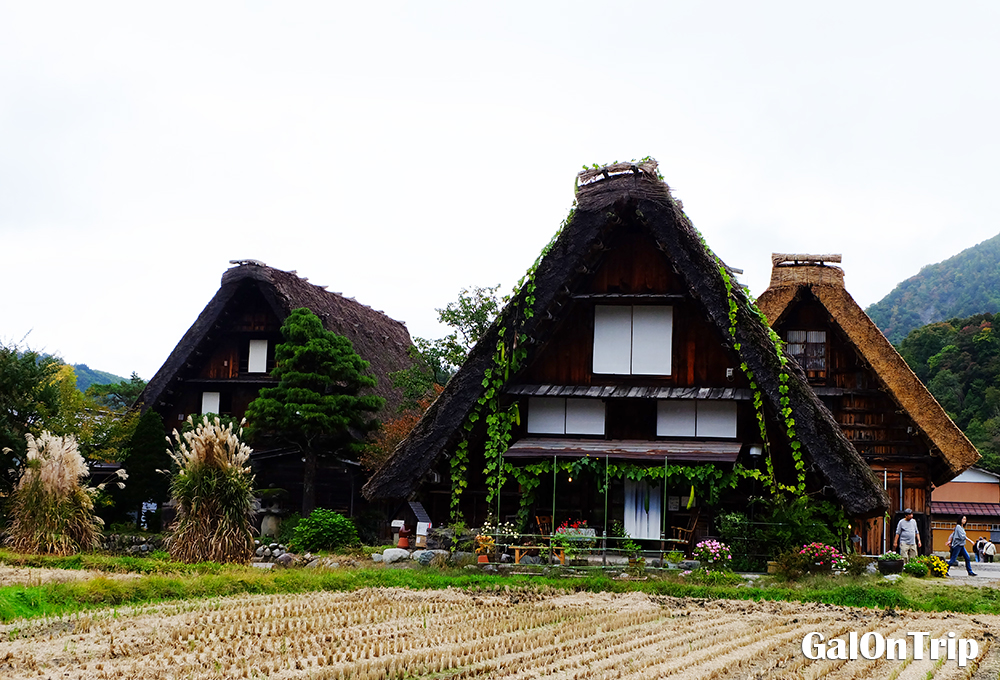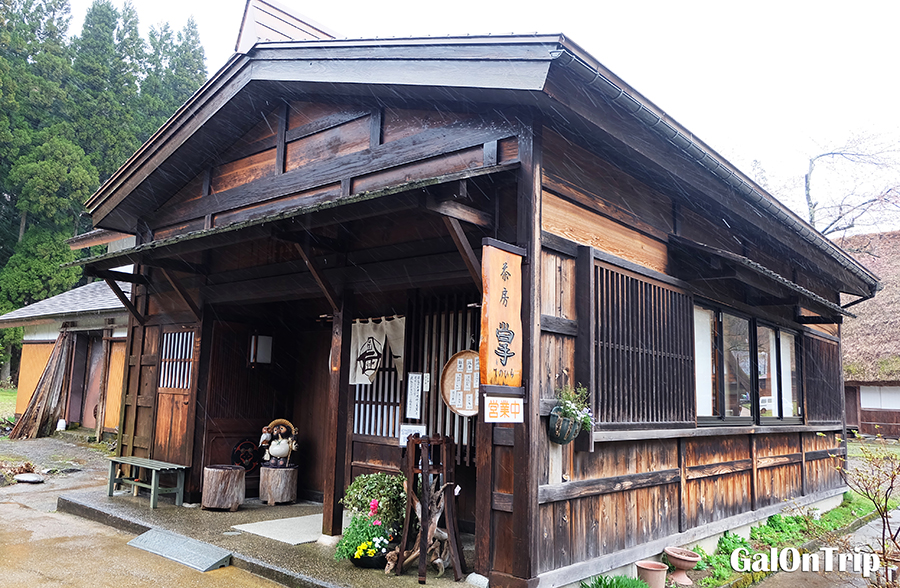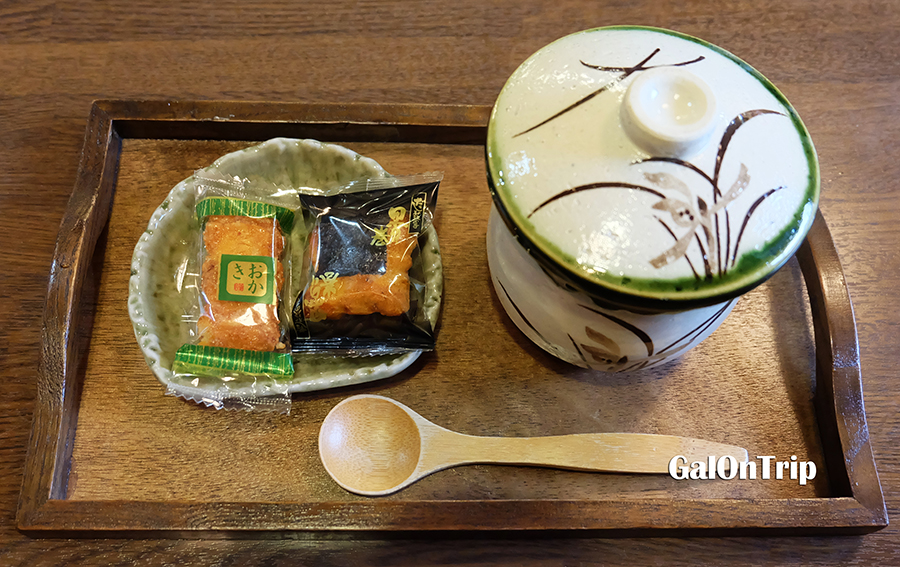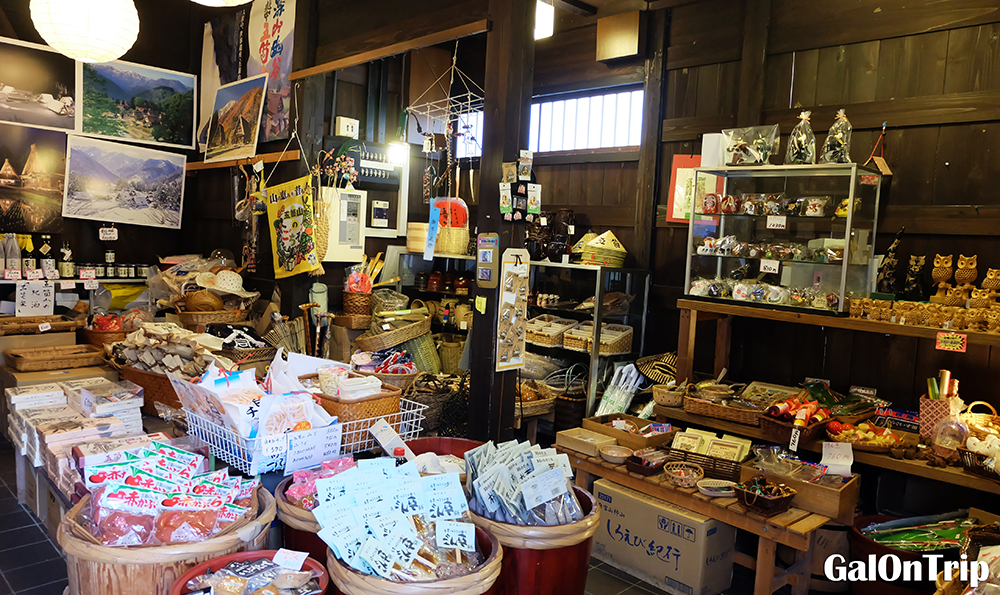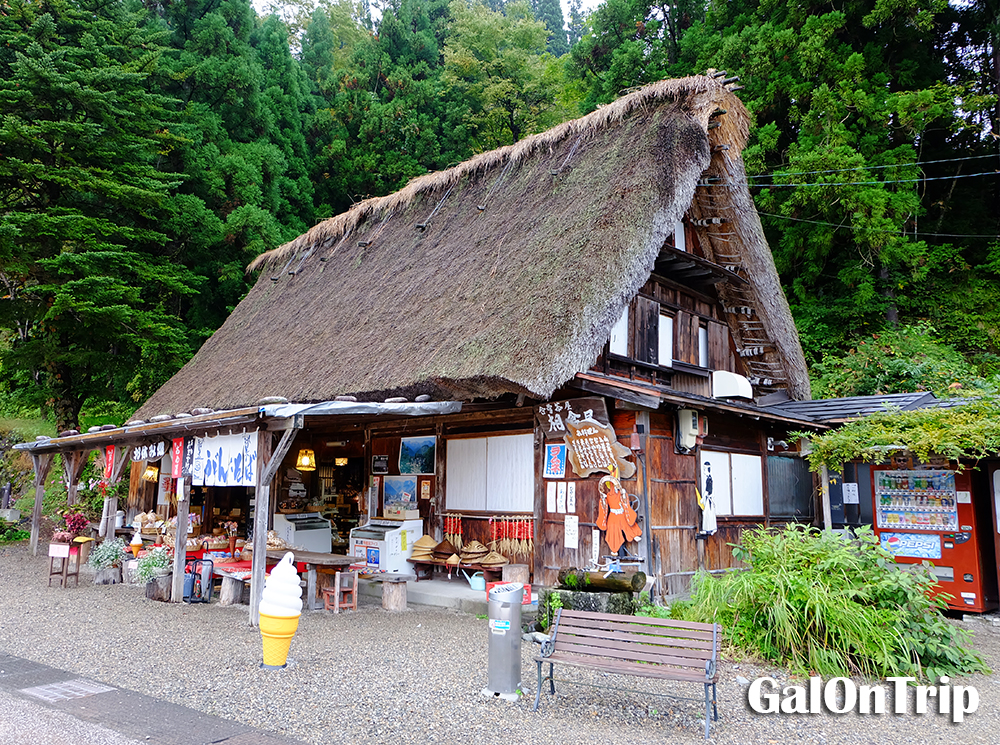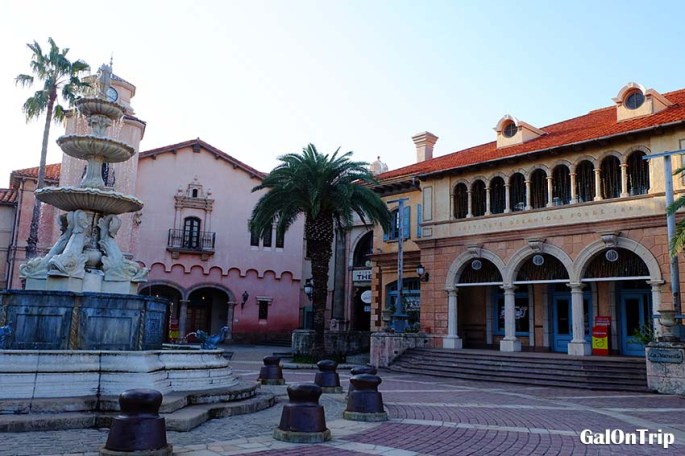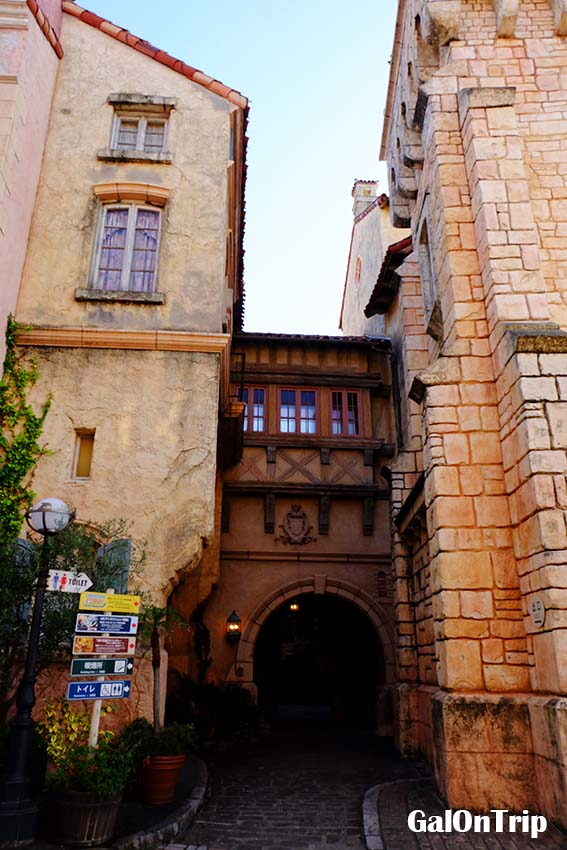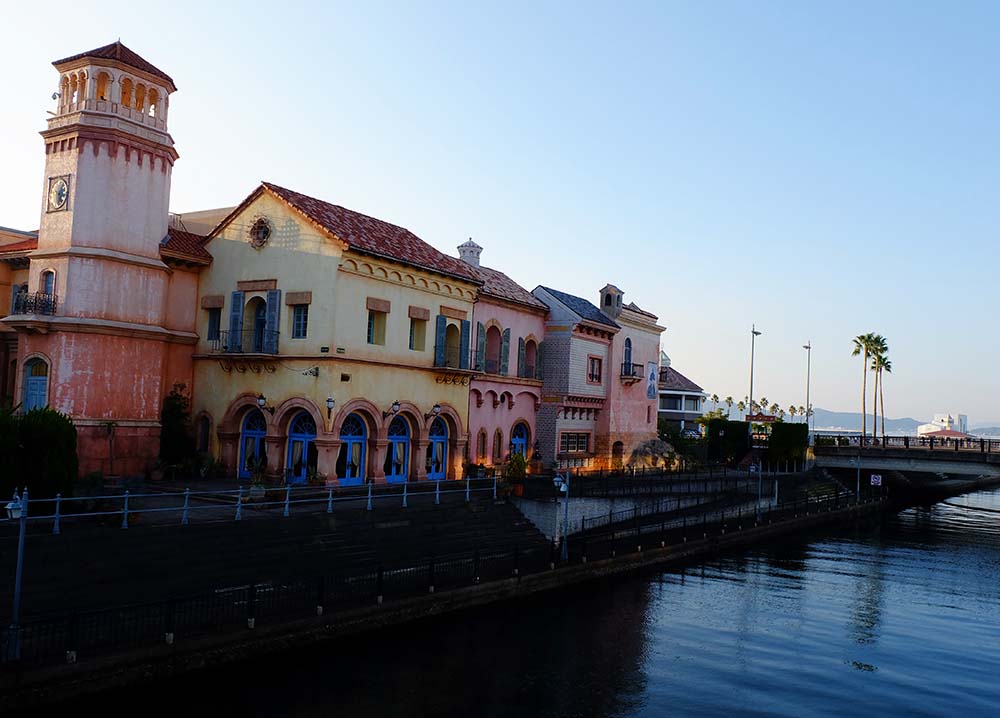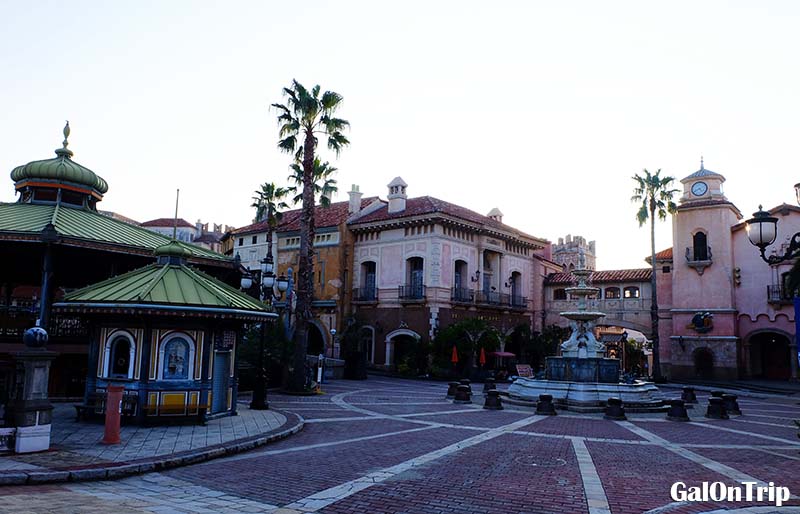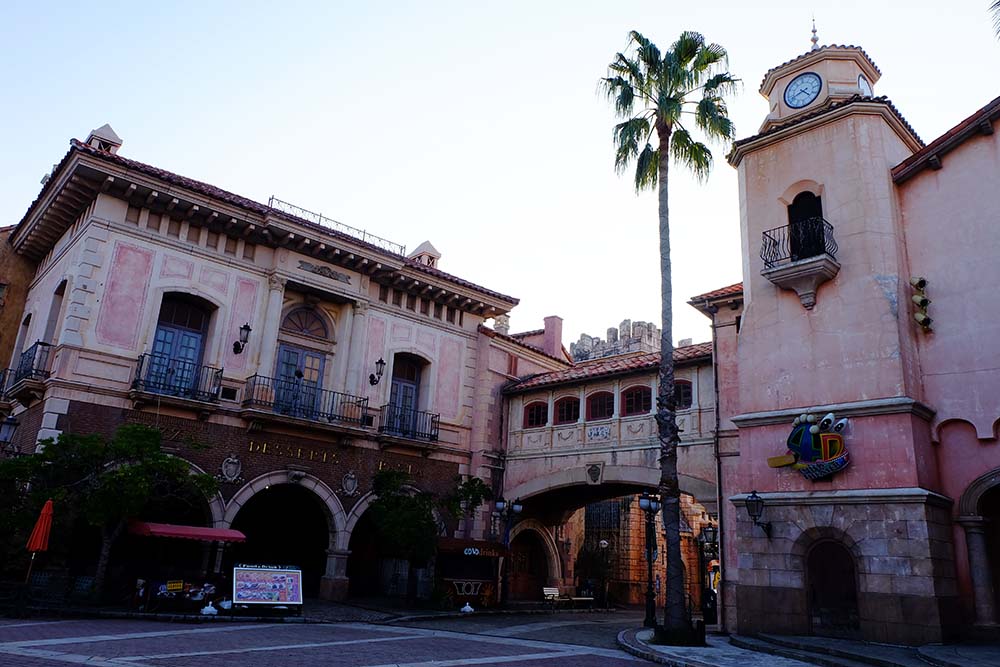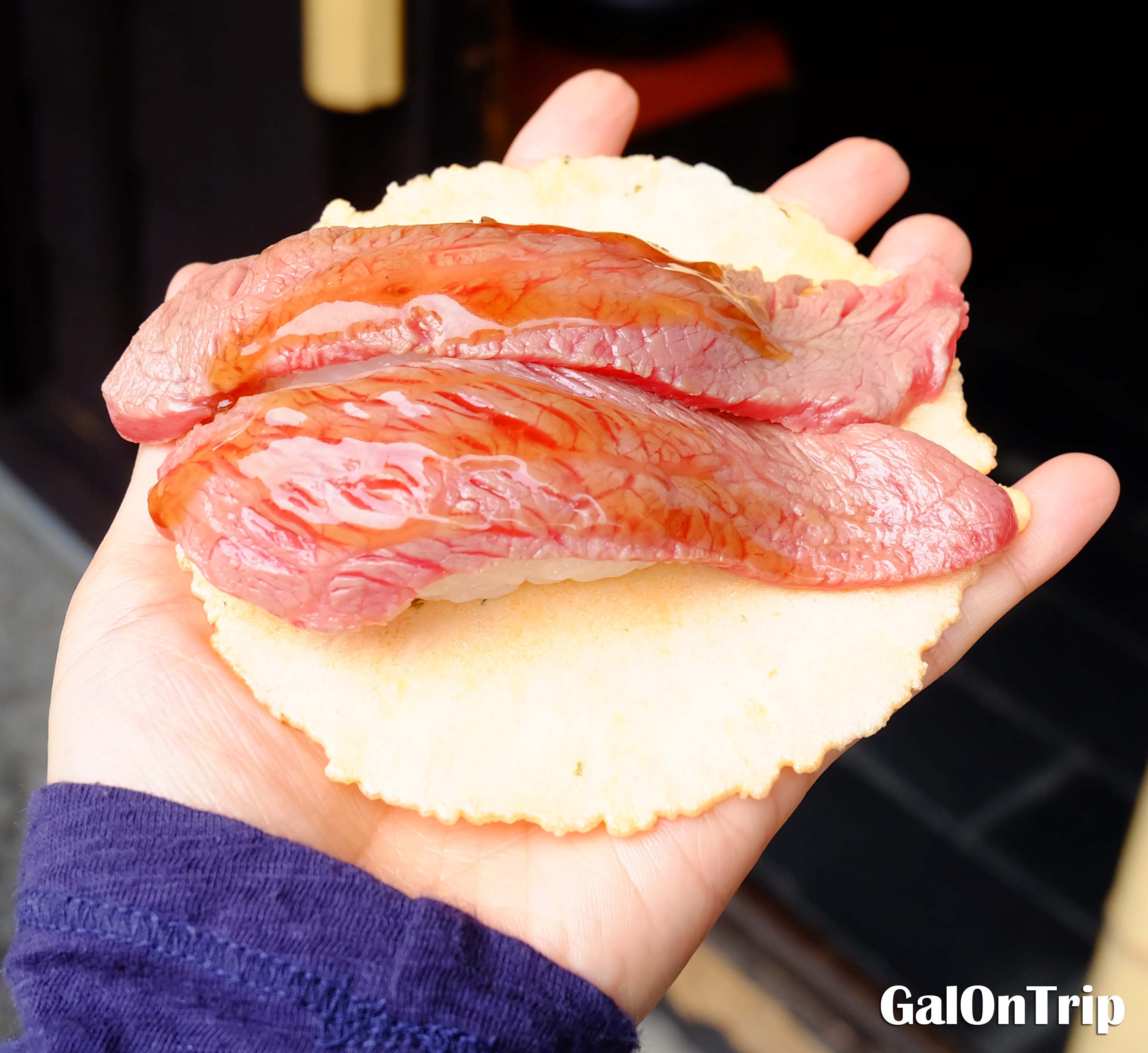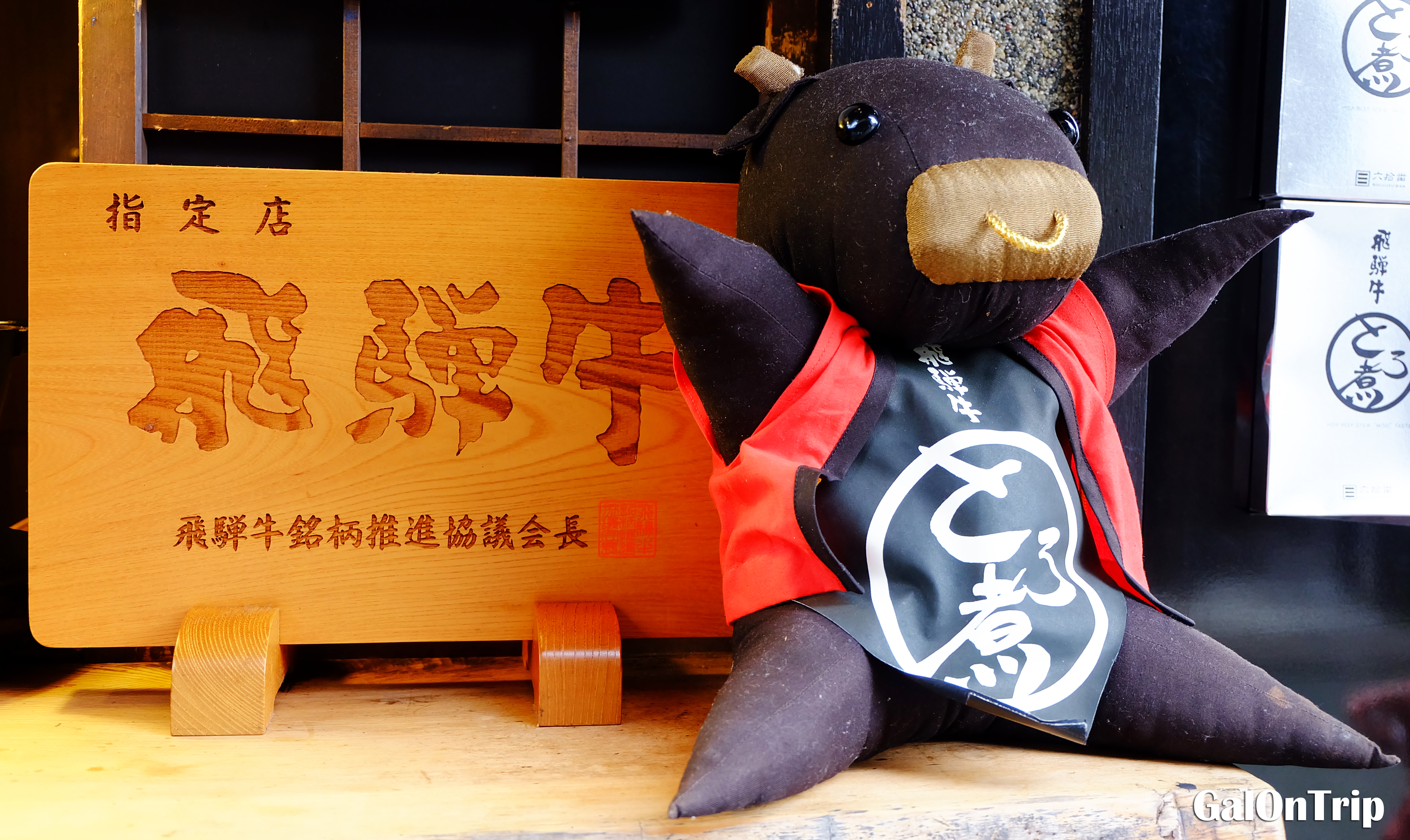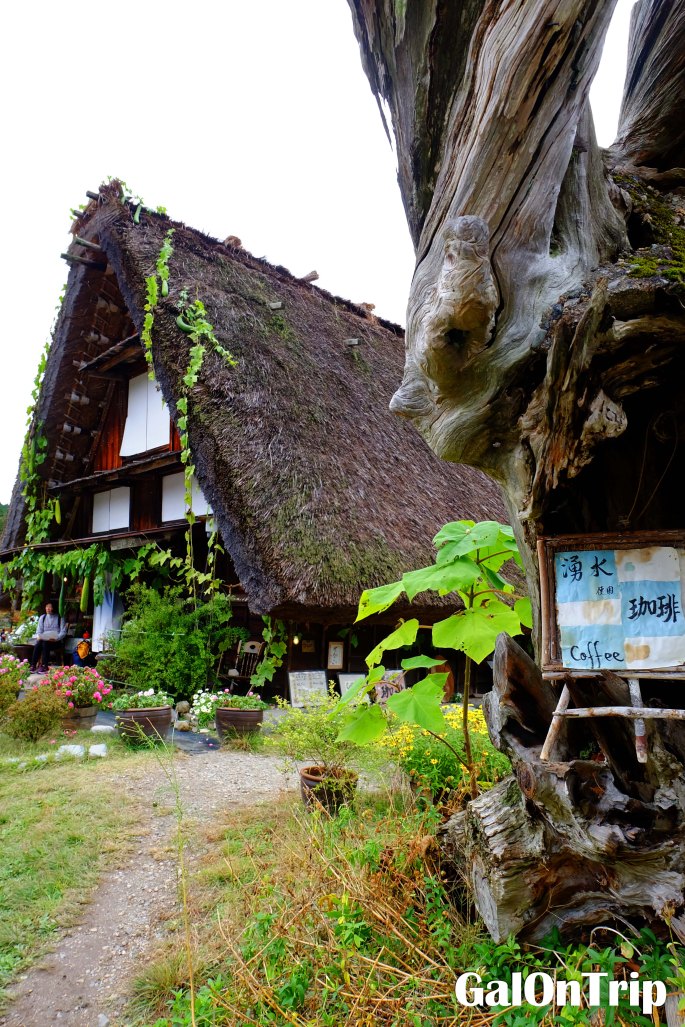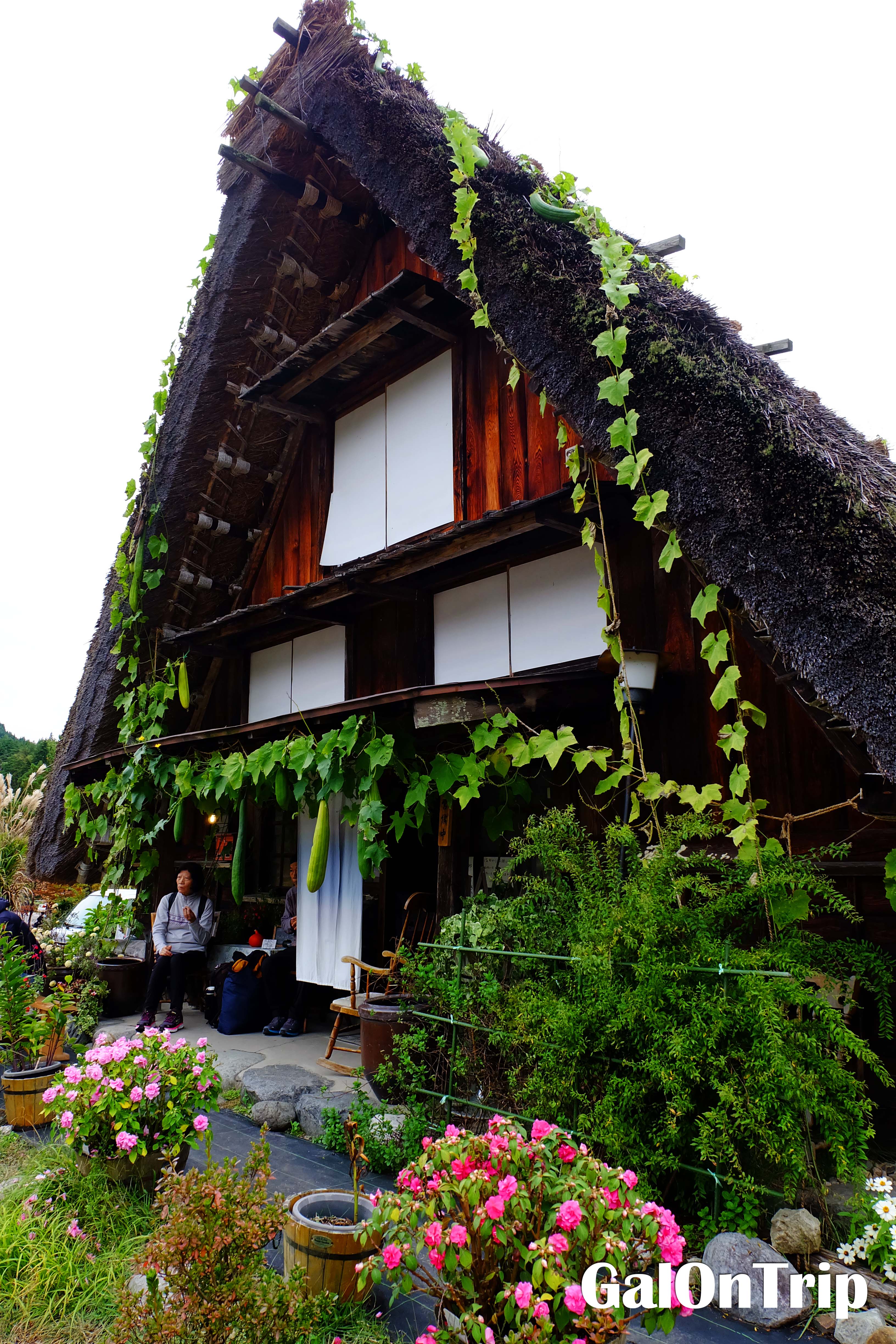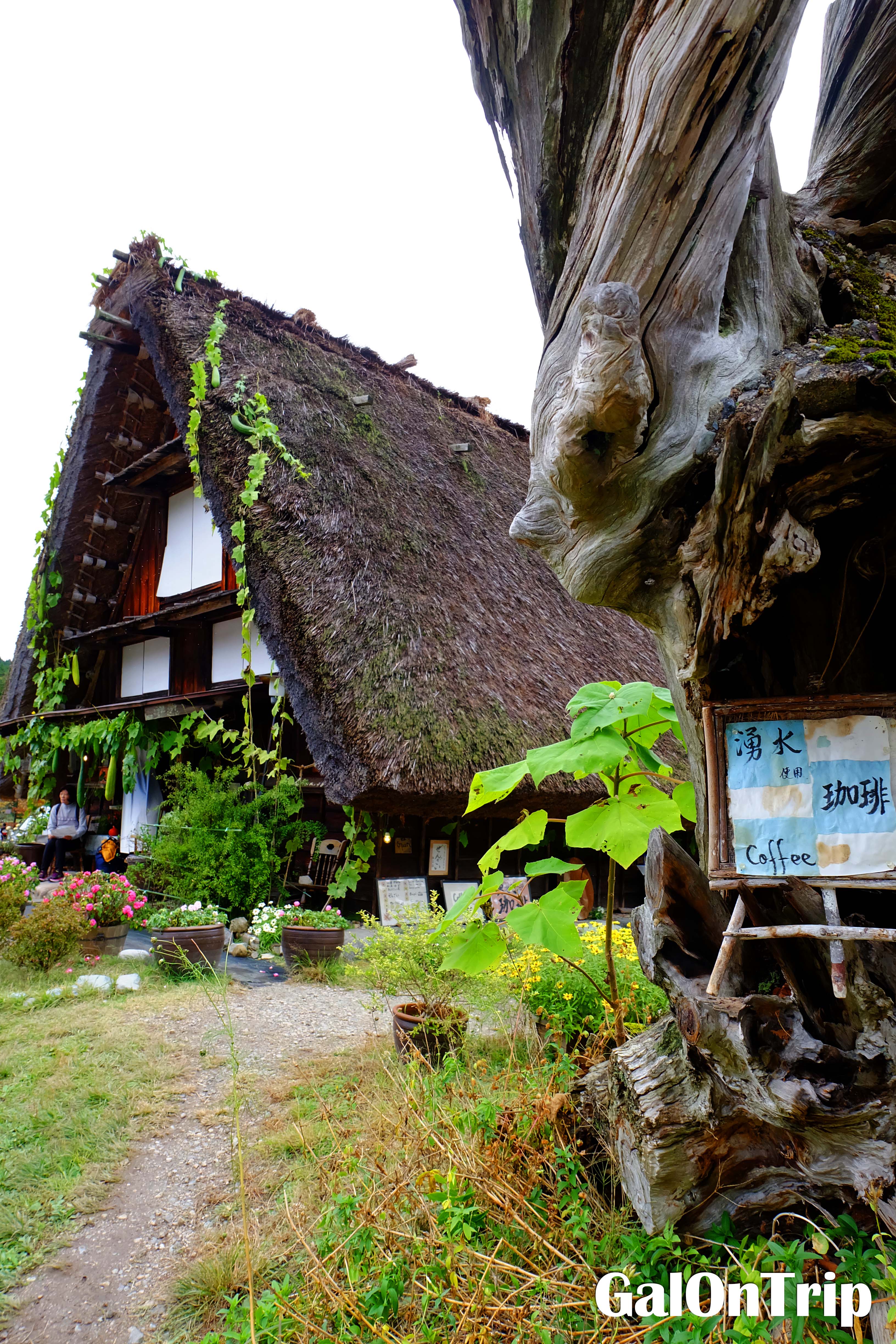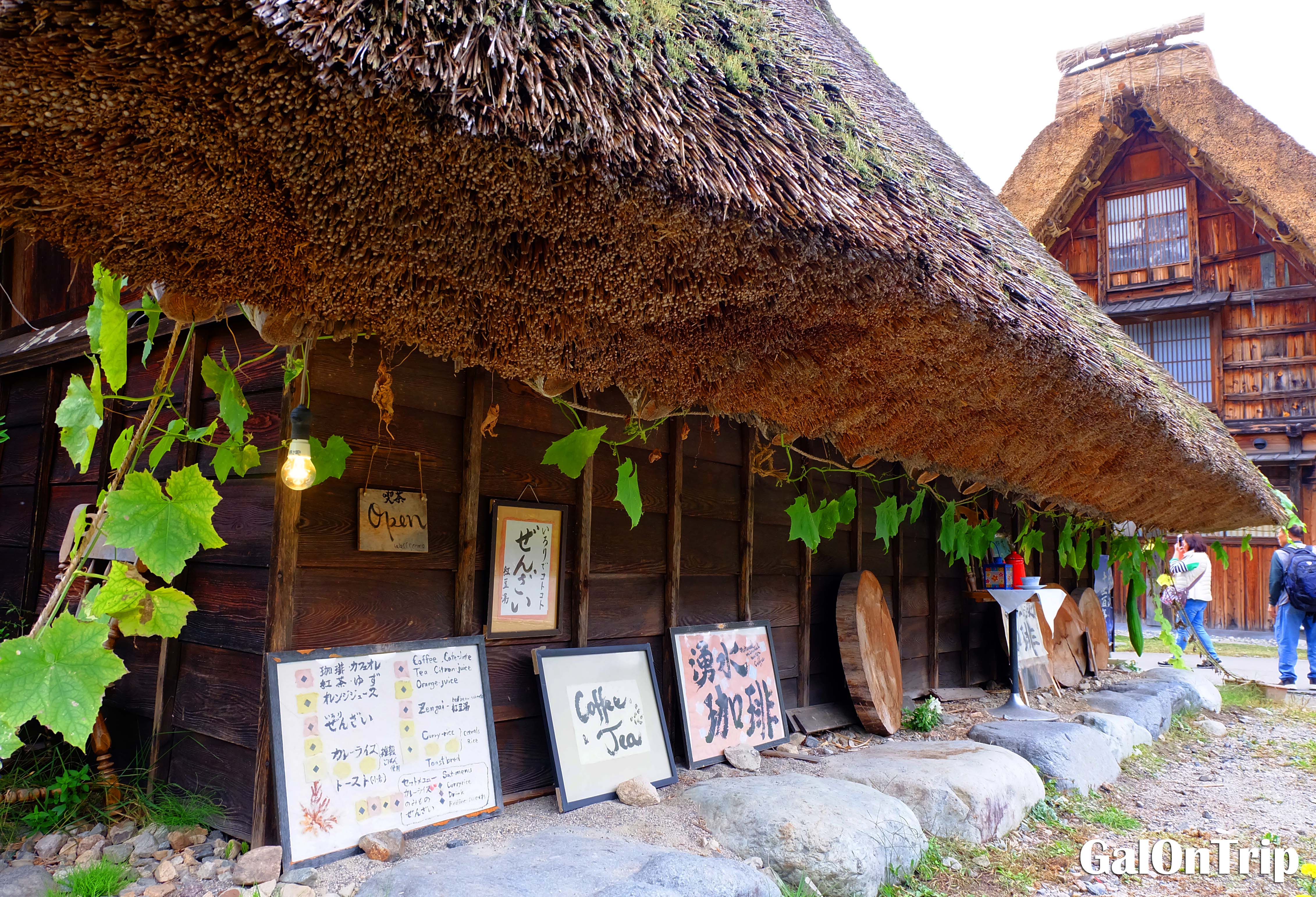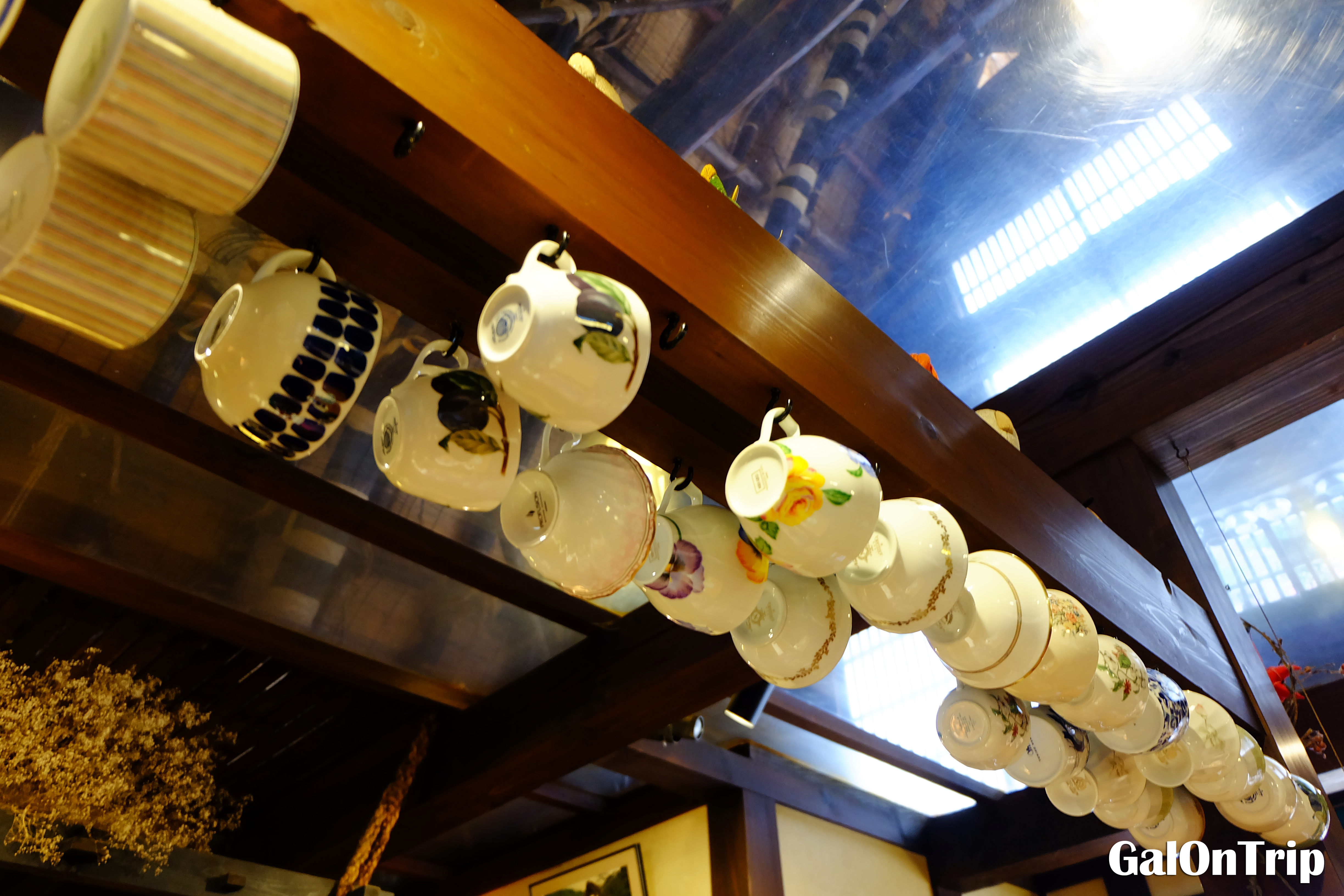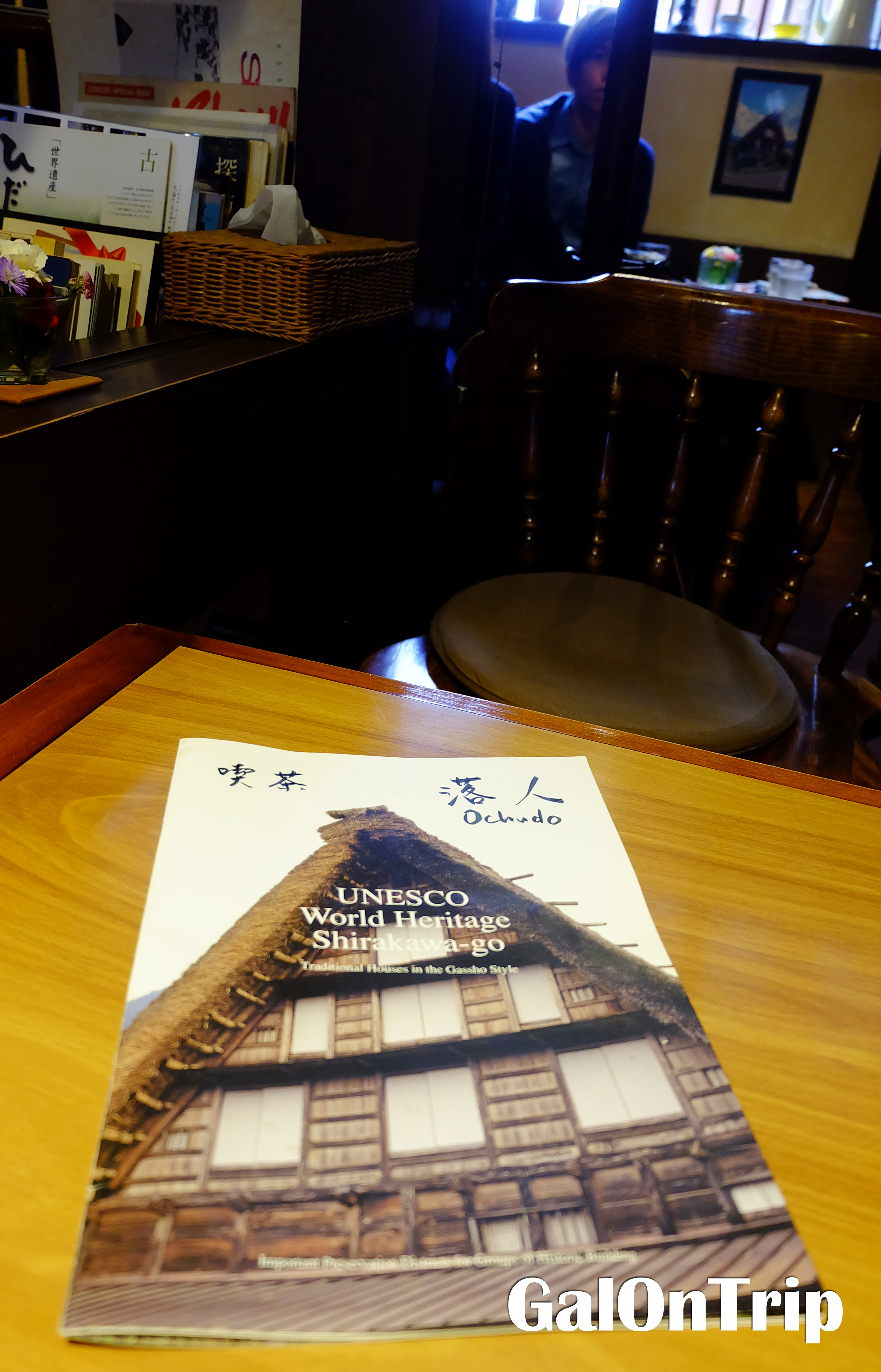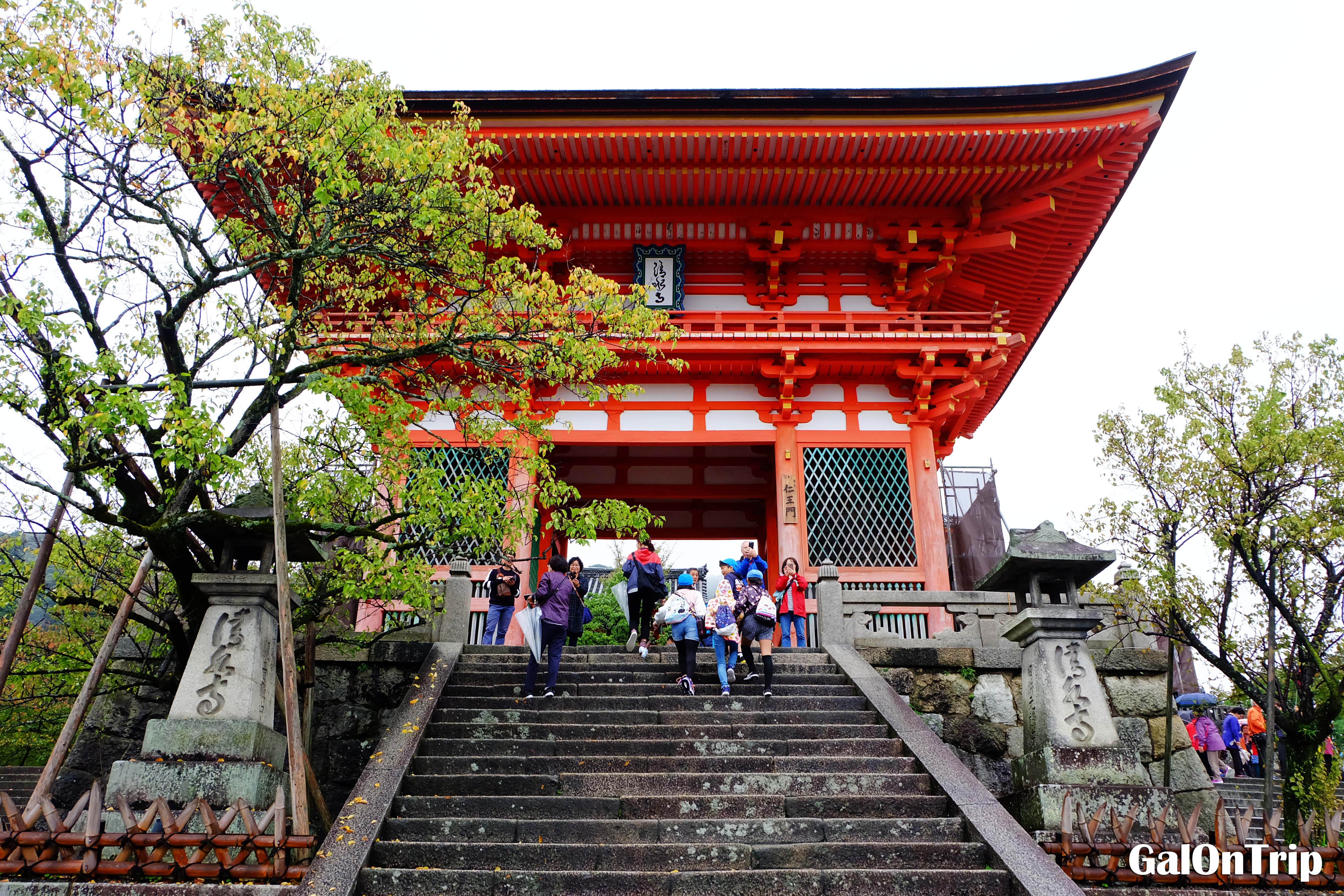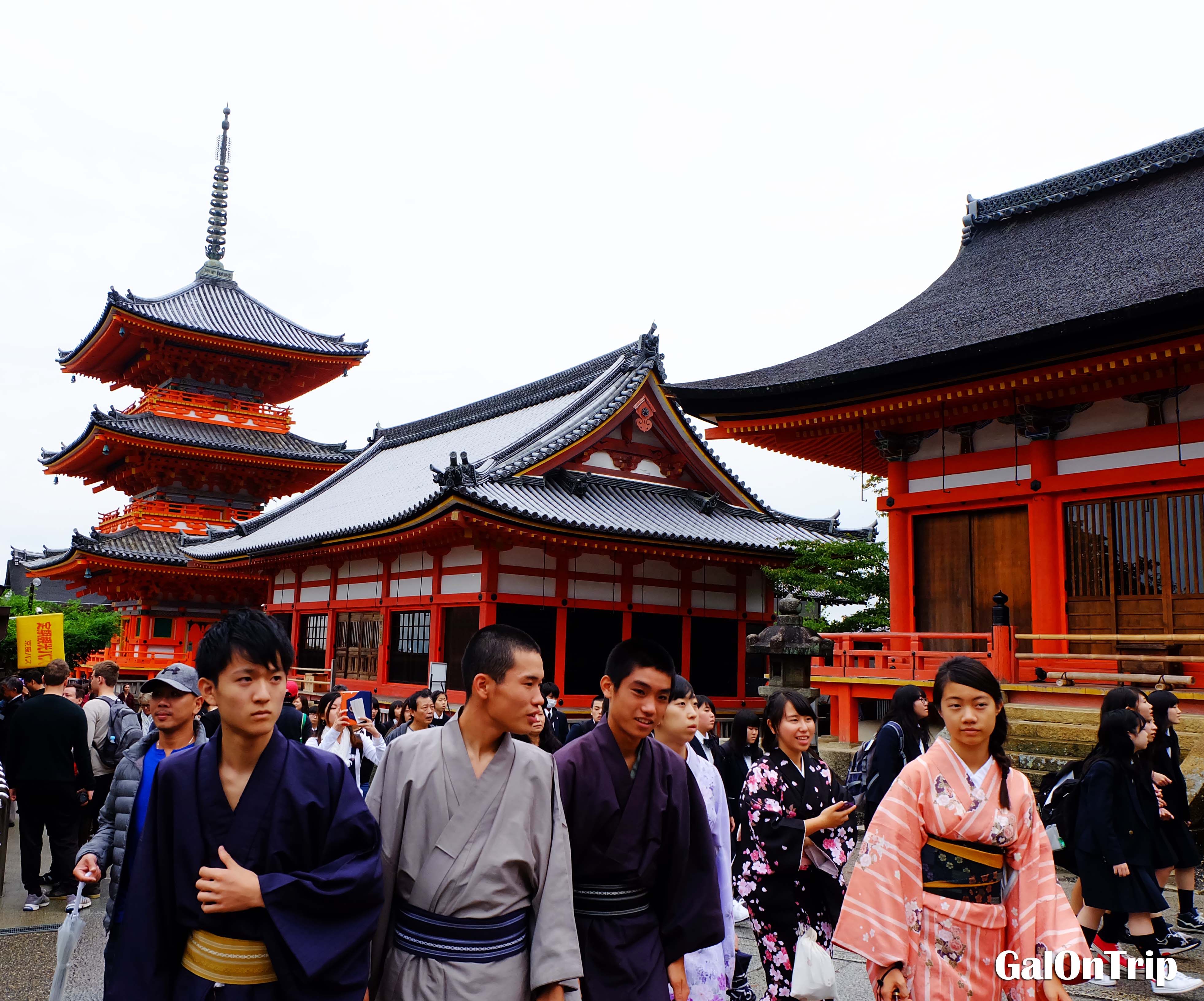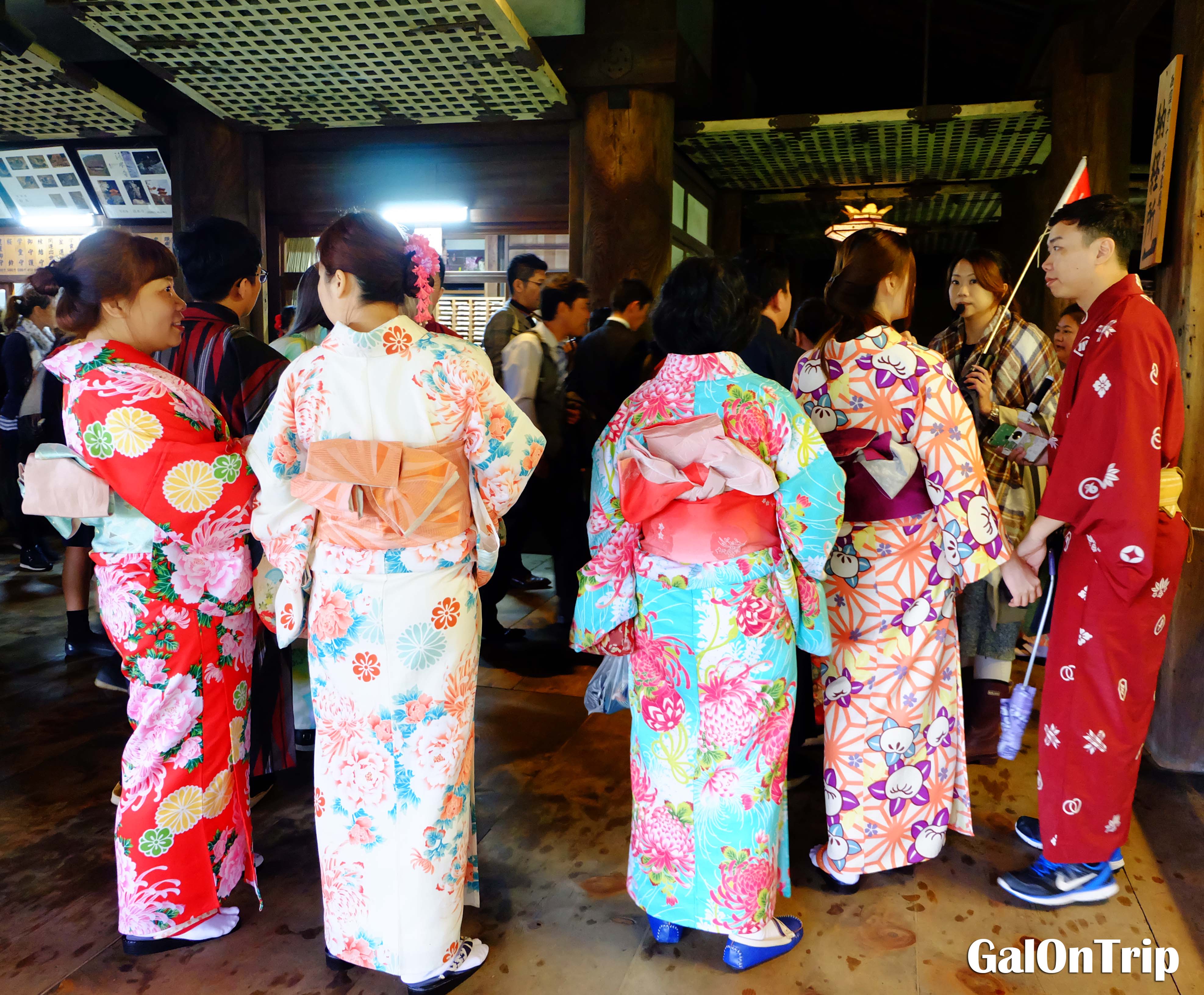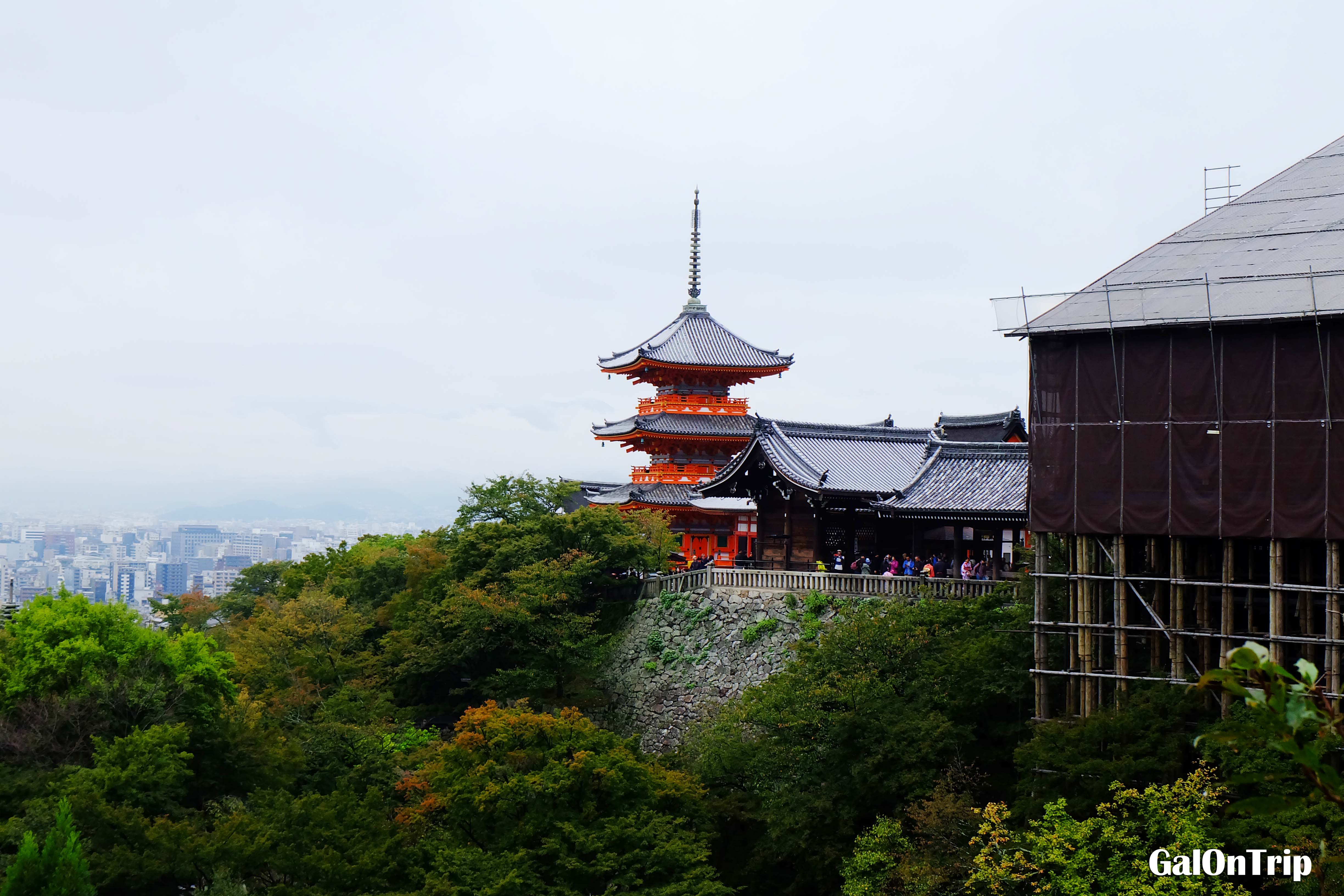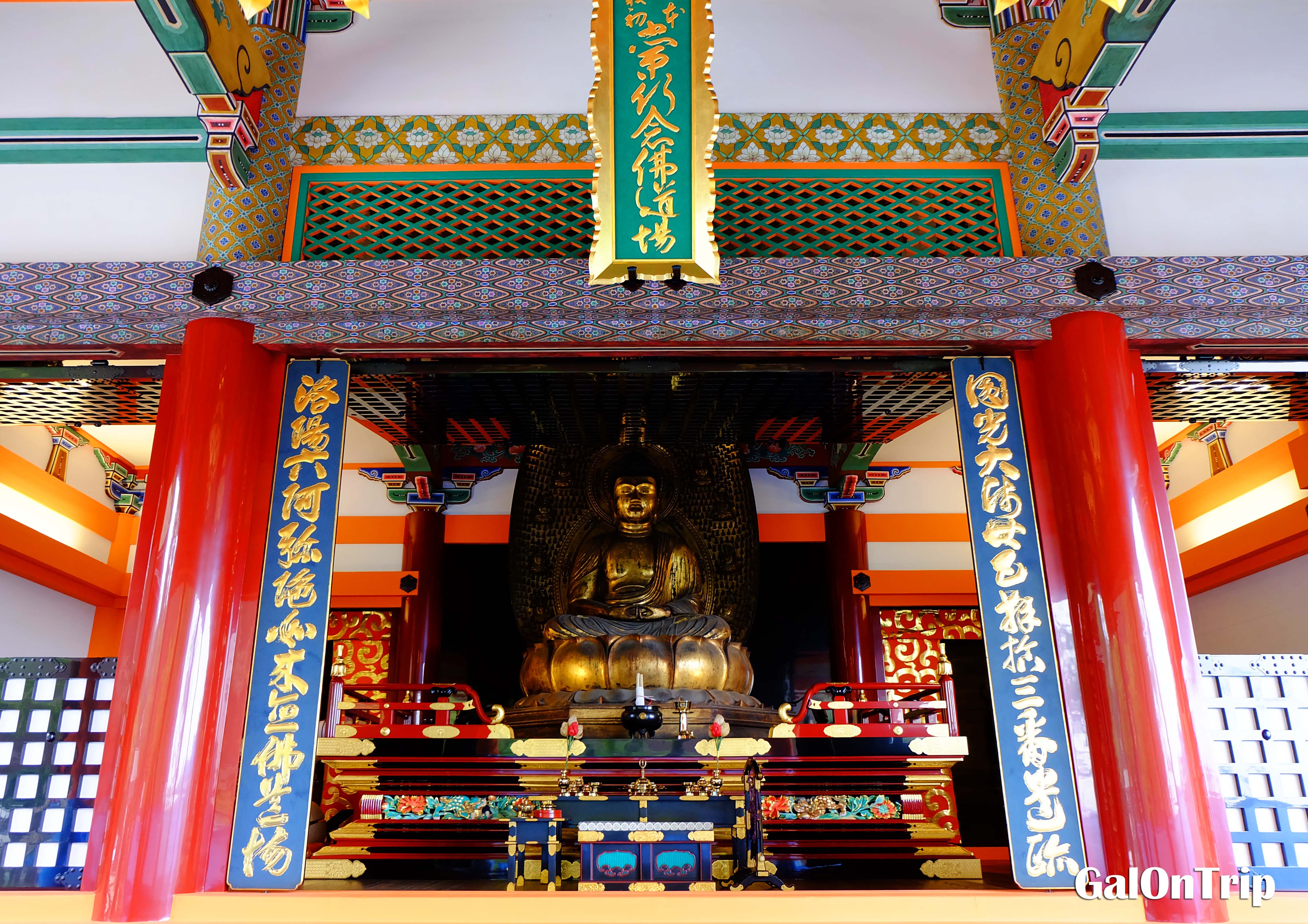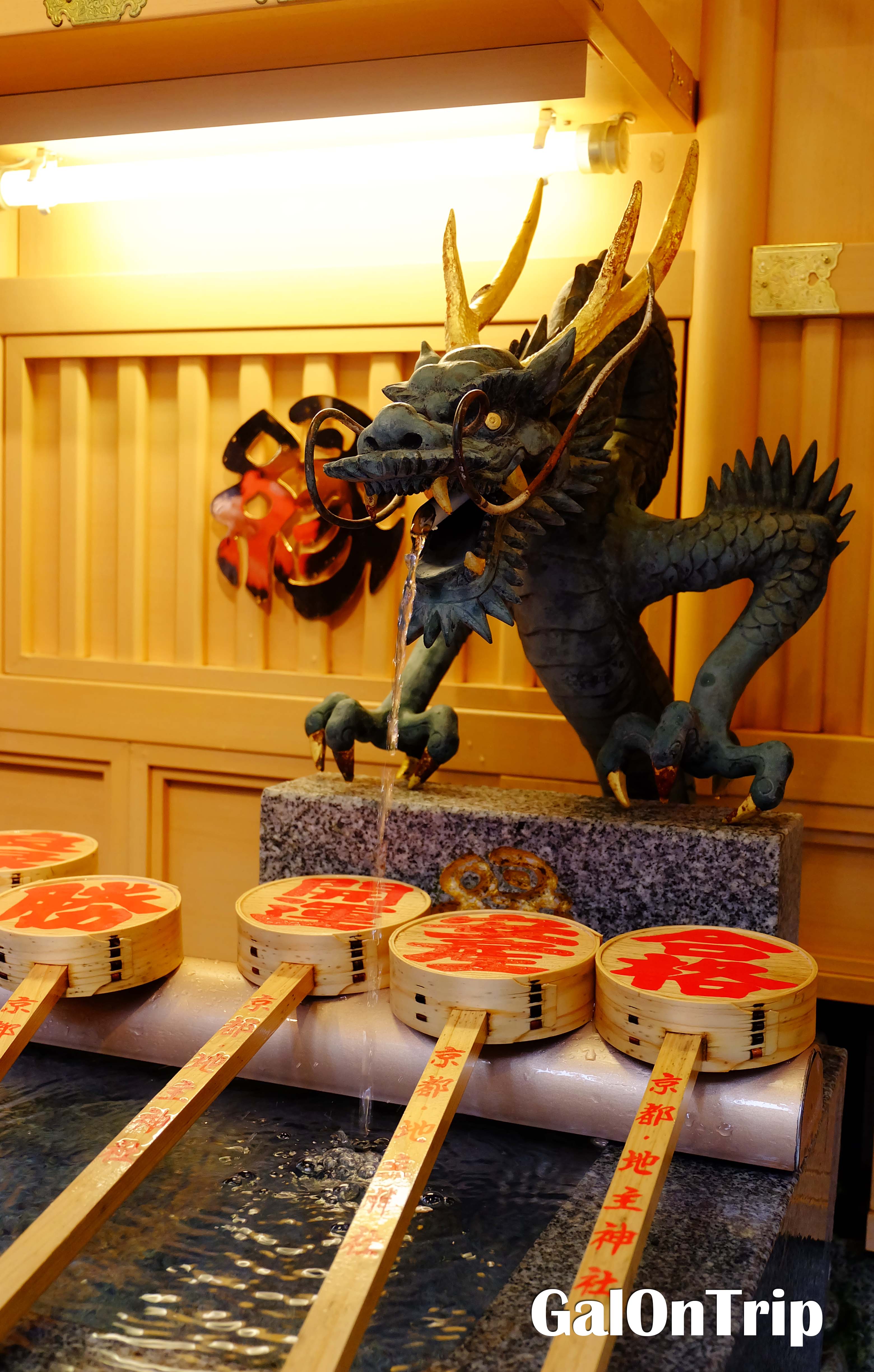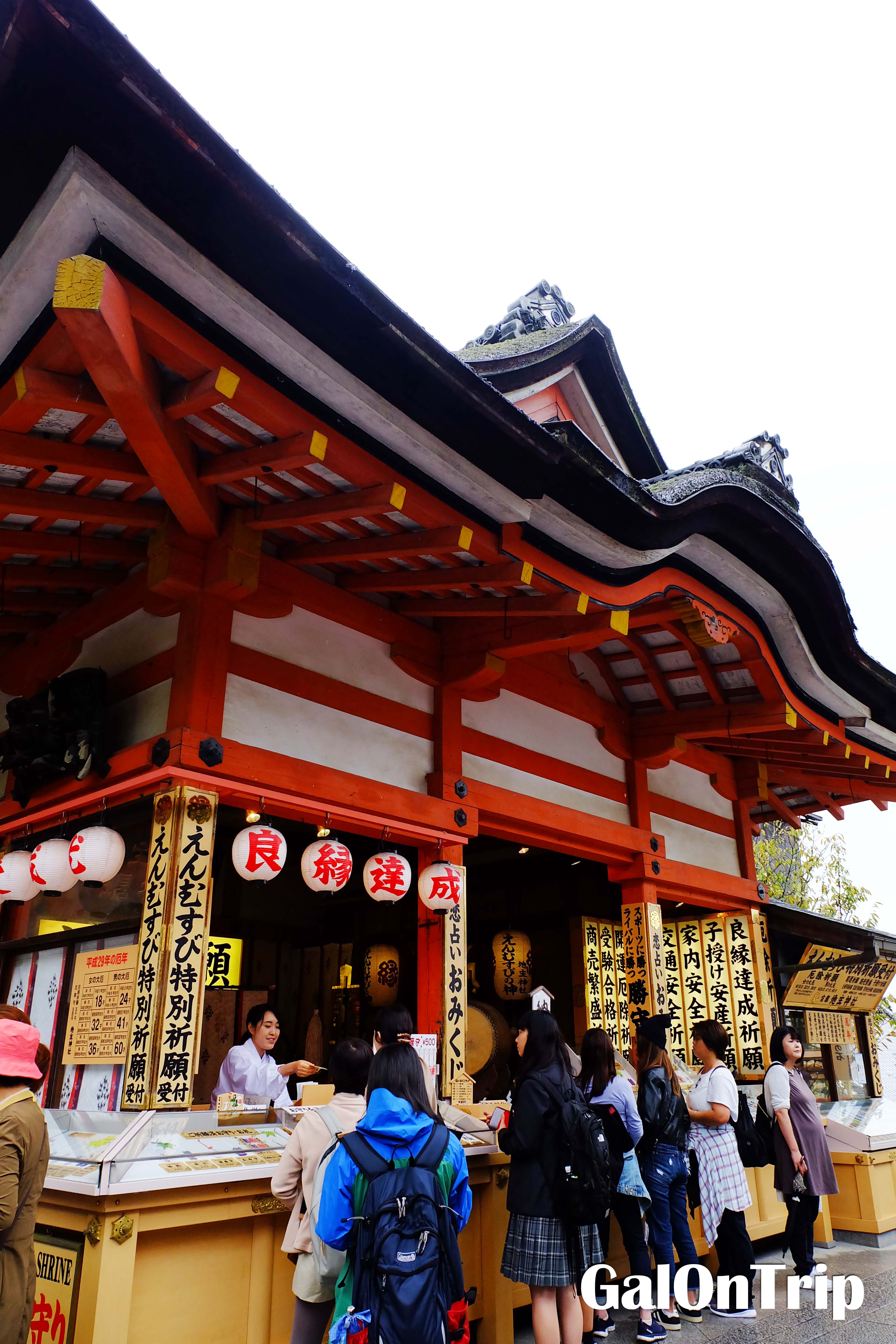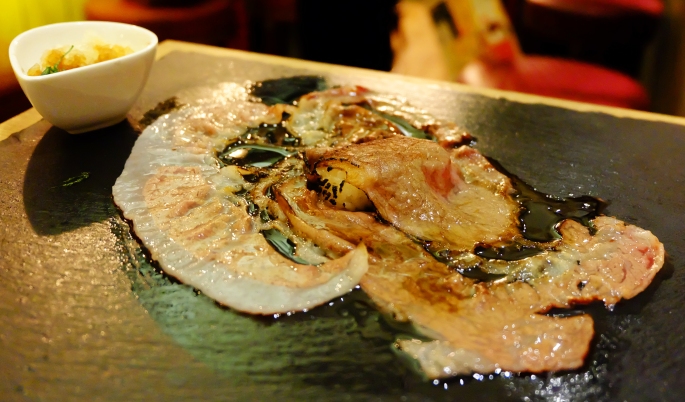https://goo.gl/maps/f59ZpqMi1RAcL1NAA
Instant noodle has been part of many people’s life, mostly Asians, in terms of practical and cheap solution when hunger strikes. In my hometown Indonesia, there are even warung Indomie, food stalls serving noodle menus using Indomie (Indonesia’s number 1 instant noodle brand) as the main ingredient (check more on my previous post about my visit to one of the warung indomies.)
But actually, instant noodle has a long history long before becoming worldly known like these days. It all began from the recession in Japan after World War II when everyone in the country was at the peak of poverty, and an entrepreneur like Momofuku Ando was not an exception. After he regained success from bankruptcy, the Ministry of Agriculture called him to help the government to maximize the wheat flour consumption for public. At that time, wheat flour was one of the main aids from the US.
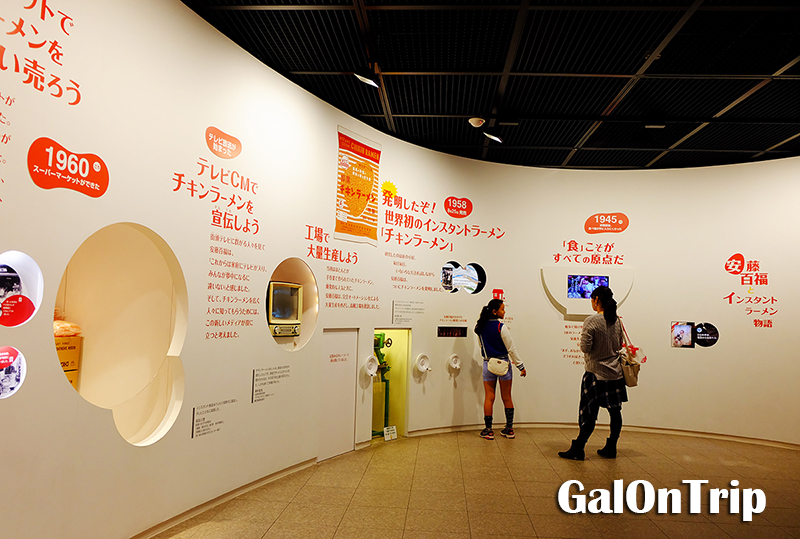
Having witnessed workers who spent hours just for a cup of ramen (Japanese noodle), he had an idea to make the instant version of that staple food. In 1958, he created his first instant noodle, Chicken Ramen, by steaming the spiced noodle and dry it in hot oil. Then, he founded a food industry called Nissin Food Products.

His invention was sensational since cooking a cup of noodle has never been easier, only by adding hot water and leave it for less than 2 minutes, then voila!
Since then, instant noodle has changed the diet of people around the world and it’s getting easier to find in other Asian countries, as well as Europe, America and Africa.
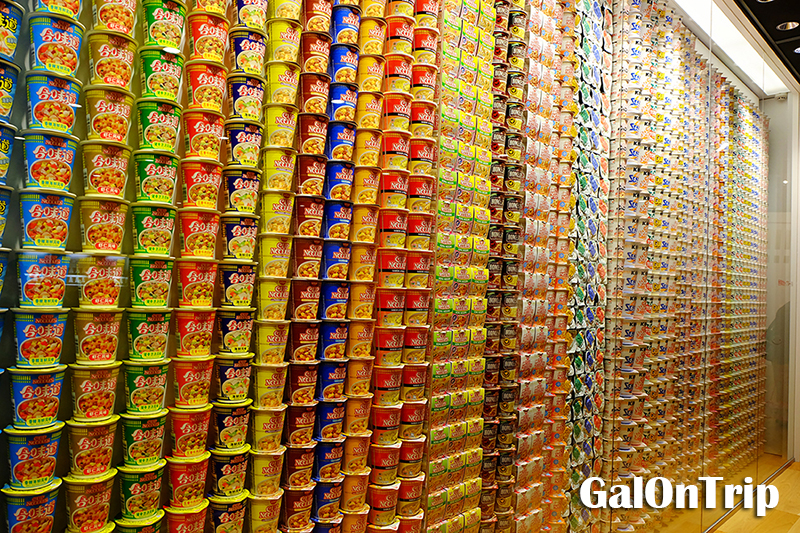
Over time, instant noodle has experienced some developments, from additional taste enhancer, varieties of flavor until expiry date notification in the packaging. In 1971, Nissin launched Cupnoodles, whose cup was made of styrofoam, served with dried vegetables and fruits, such as prawn, beef, chicken and pork.
Nowadays, the documentation of the first instant noodle in the world is displayed in Cupnoodles Museum in Ikeda, Osaka. Besides Osaka, the museum also has another branch in Yokohama. The invention chronology of instant noodle is shown with modern and attractive visuals, including games, simple quizzes and a movie on theater. Visitors also can see the path of Momofuku Ando’s success story, for instance the awards he received, his quotes on his principles of success and the replica of the wooden warehouse where he did the one year experiment of instant noodle creation.

At a glance, the museum exterior looks banal and serious with red brick walls and Momofuku Ando’s statue standing on a giant Cupnoodles bowl. Nonetheless, I was pretty shock that most visitors are kids and toddlers accompanied by their parents and a bunch of teens. This is absolutely not a typical national history museum kind of thing run by government.

One of the main attractions in Cupnoodles Museum is the Instant Ramen Tunnel, exhibiting over 800 packaging designs, starting from the first Chicken Ramen in 1958, Cupnoodles in 1971 until the latest ones. The Doraemon packaging is undoubtedly my favourite!

On the other side of the wall, there are hundreds of Cupnoodles packaging designs from all over the world, followed by information on the amount of annual instant noodle consumption in each country. It comes to my surprise that Indonesia is the 2nd largest amount of consumption, reaching 130.1 million portion per year. It beats Japan as the birthplace of instant noodle, with 56.6 million, and the China is the only country who wins over Indonesia, with 385.2 million. Inhabitants in the US and Russia are in fact the most instant noodle eaters in western countries, with 41 million and 16.2 million.
Another unique experience no one should miss is to concoct your own Cupnoodles and design its packaging. At first, get a styrofoam cup from the provided vending machine for 400 Yen ($ 3.60) and use assorted colour markers in the drawing room to beautify the plain cup with your own creativity. This was fun, yet challenging at the same time since I’m not good at drawing.

Then, you can bring the cup you designed to be filled with a portion of instant noodle and choose the soup flavour and topping. You are free to choose 1 out of 4 soup flavours, either chicken broth, seafood, chili tomato or curry. For toppings, you can choose 4 of 12, such as crabstick, cheese, prawn, garlic, green onion, roast pork, egg, kimchi, green beans, chicken ramen mascot printed fish sausage, and a special topping available on certain occasion only, like pumpkin in October for Halloween during my visit. While waiting for my noodle to be ready, I watched the packaging process until my Cupnoodles arrived in my hand.

Additionally, you will receive a free bag made of a swimming tire material. This bag doesn’t instantly function, however. In short, all you have to do is to put the Cupnoodles inside the bag, then blow it like a balloon. The balloon-shaped bag is immediately locked and protect the styrofoam cup from breakage. What an idea, isn’t it?
For those who like cooking, Cupnoodles Museum provide Chicken Ramen Factory, where you can learn the process of making an instant noodle from the expert. The class costs 800 Yen ($ 7.03) for adults and 500 Yen ($ 4.50) for kids. Since it has a limited spot, it is recommended to have a reservation prior to the visit.. Too bad, I didn’t make it because if was fully booked.

Last but not least, don’t miss the cute chicken ramen mascot in towels, pins, aprons, dolls, t-shirts, bags and many more at the souvenir shop. Besides, instant noodle addicts can get limited edition Cupnoodles packaging and the first Chicken Ramen classic packaging design from 1958.
Although Indomie dominates Indonesian instant noodle market, I still can find Cupnoodles in supermarkets in small amount of varieties, such as Nissin seafood, chicken flavoured noodle and Cupnoodles UFO Japanese style fried noodles.

The visit to the museum is free of charge, except participation in concocting and designing your own Cupnoodles packaging by getting the styrofoam cup and learning to fabricate instant noodle from Chicken Ramen Factory class.
Cupnoodles Museum proves that learning history doesn’t have too be boring and too serious. I like the way it educates people in interactive and entertaining way, that enable to attract children because it tends to look like a happy playground rather than a common ancient museum. I can understand if the colourful presentation dominated by Chicken Ramen cartoon mascot may seem too childish for some adults, but I love it anyways although I’m 40 something.
Personally, Cupnoodles Musuem doesn’t only broaden my horizon on the knowledge behind the mainsteam culture of eating instant noodle, but also reminds me of a happy childhood.
The original article has been published on https://telusuri.id/cupnoodles-museum/ (in Indonesian only)




